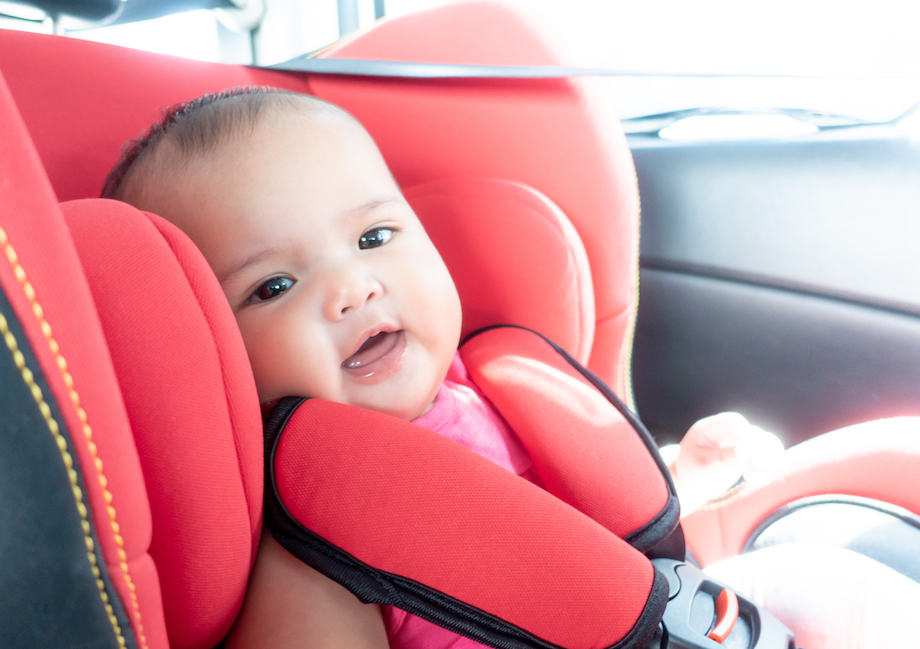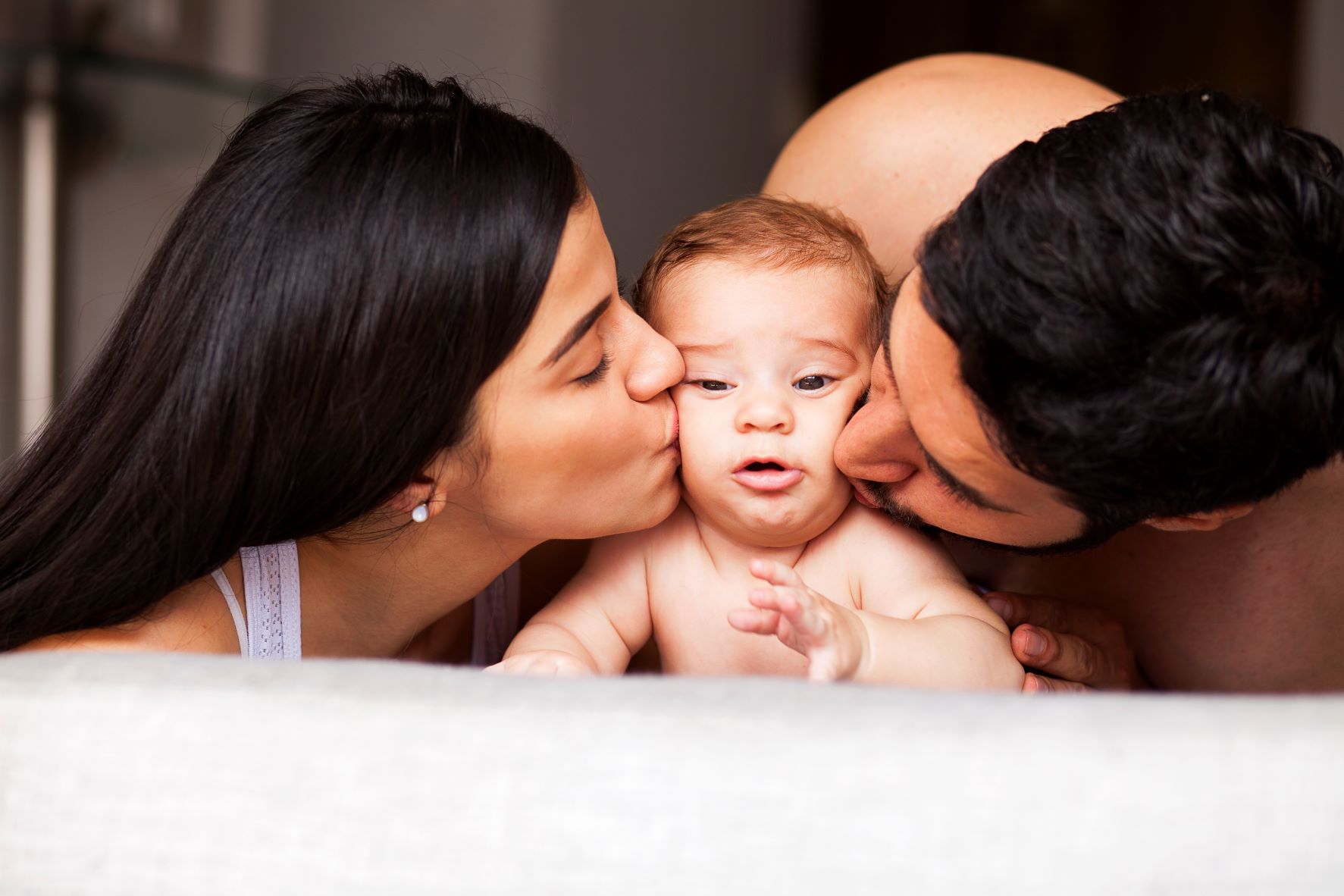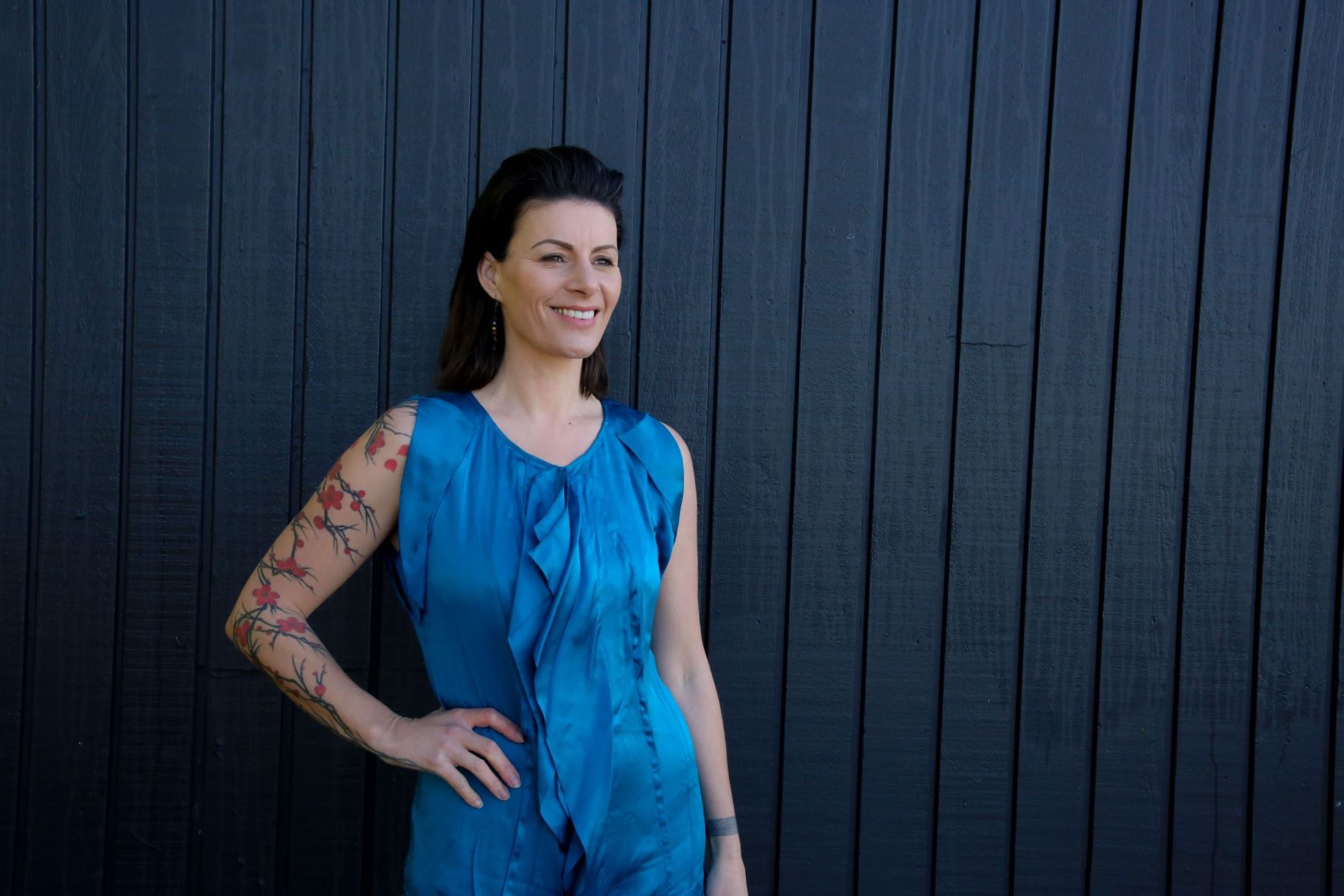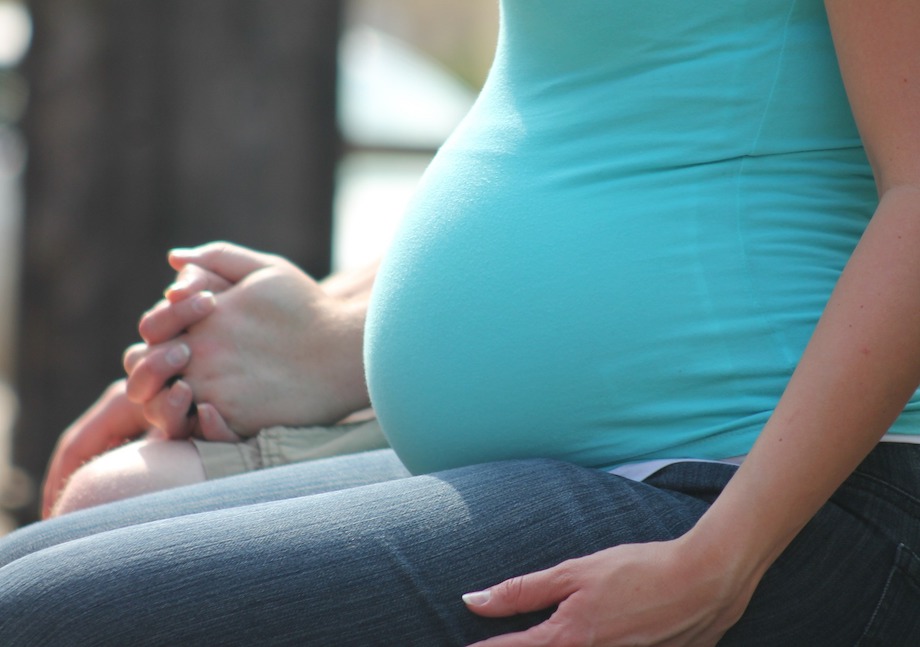
One of the most important jobs you have as a parent is keeping your child safe. From the moment you bring your baby home from the hospital or take them for their first outing to visit nana, you will need a specially designed car seat until they grow big enough to fit an adult seatbelt, typically at around ten years or older. Of all the things you’ll buy for your child, a car seat is one of the most important purchases you will make.
The best car seat is the one that fits your child’s weight, height and age, and is properly fitted into your type of vehicle. Studies show that nearly 80% of child restraints are installed incorrectly in New Zealand and may leave children vulnerable in a car crash. Child restraint technicians play a very important role in keeping children safe on our roads.
Waka Kotahi NZ Transport Agency says that certified child restraint technicians have been trained and certified through a competence-based system. This means they can provide informed advice on the type of child restraint parents may need. They also have the practical knowledge to correctly fit the child restraint into a vehicle and show you how to do it too. All Baby On The Move stores have child restraint technicians who are qualified to help you get the installation of the car seat correct.
As your child grows, you will need to transition from one car seat to another. Here we explain the different types of car seats available to help you choose the best option for your whānau.
Convertible car seat
A convertible car seat can be used with children of various sizes and can change from a rear-facing to a forward-facing seat. A convertible seat starts in a rear-facing position for babies and toddlers and is then turned forward-facing as your child gets older. A convertible car seat can take you from birth through to four or five years of age, depending on the model.We recommend that all infants and toddlers ride in a rear-facing car seat until they reach the highest weight or height allowed by the seat’s manufacturer. This is because rear-facing provides your child with up to five times better protection from serious injury in a crash, compared with forward-facing. Most convertible seats have limits that will permit children to stay rear-facing until they are two years of age or older.
All-in-one car seat
All-in-one car seats are the longest-lasting and most versatile convertible seat options, offering rear-facing, forward-facing and booster modes. Like regular convertible car seats, they can be used from birth, but can also be the next step after your baby grows out of their infant car seat. In rear-facing mode, most all-in-one car seats have an entry weight requirement of around 2.2kg and a maximum weight limit of 18–23kg. In harnessed, forward-facing mode, they could start at around 9kg (although a minimum of two years of age is recommended) and have a maximum limit of 30kg. In booster mode, these car seats usually have a weight range of around 18–54kg.
Harnessed booster
Sometimes called three-in-one seats, these keep your child in a full harness from 9kg to 18kg or up to 30kg depending on the seat you buy. These can be converted into an unharnessed/seatbelt booster as well. These are suitable for children who are no longer rear-facing, but who are not yet ready for a seatbelt booster. They can be a good upgrade for an older sibling, when a new baby needs to go into a rear-facing seat.
Booster seat
Boosters are the last car seat a child will use before moving to use the adult seatbelts in a car. It’s important to know the right time to move into, and graduate out of, a booster seat. Generally, children will need to be at least 15–18kg and four years or older to start using a booster.
Booster seats help raise a child up so that the seatbelt fits them properly. The belt guides in the headrest of the booster position the shoulder belt to rest midway between the neck and shoulder, and across the sternum. The lap belt should sit low across the child’s upper thighs. Booster seats rely on a vehicle’s seatbelt to restrain a child, so the best booster is the one that positions the belt properly on your child to give them maximum protection.
We recommend high-backed (full) boosters for everyday use because they position the shoulder belt more effectively on a child. They also provide some side-impact protection and offer a more comfortable place for resting children to lay their head. Some boosters allow the back to be removed, to use as a booster cushion or half booster, but there are no safety benefits to removing the back of your child’s booster.
They may also be a useful convenience to use as a spare booster seat when carpooling but are not recommended for everyday use. If your vehicle’s seat doesn’t have head restraints or has a low seatback, then a high-backed booster may be necessary to give some head support. Children are safest to continue using boosters until they reach 148cm in height, even if this is after they meet the age requirements for being allowed to come out of a booster seat.
Here are some other things to consider when you are thinking about buying a car seat:
- Car seats range in size and shape. Some are wider or narrower than others, or may take up more space when rear-facing. It’s important to check how a seat fits in your car, and whether it allows enough space for other passengers to be comfortable and safe.
- If you are planning on expanding your family to three (or more) children, you will need to consider whether fitting three (or more!) seats into your vehicle is possible.
- If you will be moving the seat from one car to another regularly, check how the seat installs. Some have an in-built lock-off system for easy, safe and stress-free installation.
Using a child restraint correctly plays a vital role in keeping your children safe in your vehicle. You must always follow the manufacturer’s instructions. Your car seat’s instruction manual will tell you everything you need to know to use it safely to provide your child with the best protection. A restraint’s manual will also tell you the weight, height and age limits for a child to use it safely.
Need to make sure?
If you have any questions about your car seat, and whether you are using it correctly, you can contact our partners at Baby On The Move and speak with a certified child restraint technician, who will be able to guide you through the suitability of your car seat, and the installation process, helping you keep your little ones safe in the car.
www.babyonthemove.co.nz
0800 222 966







